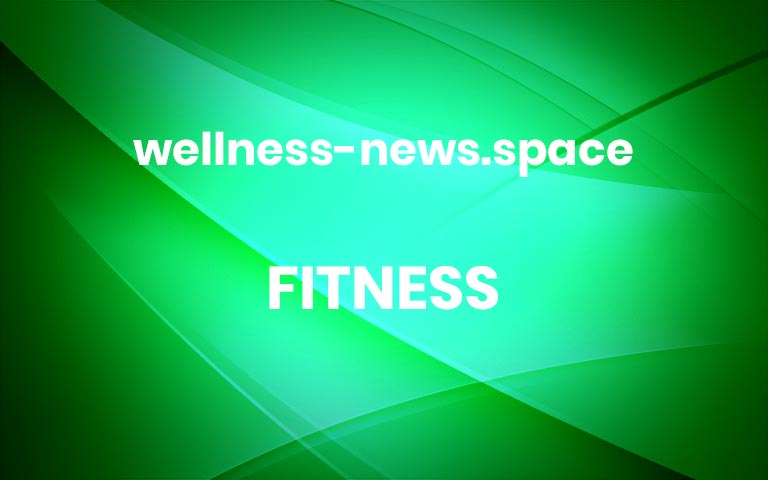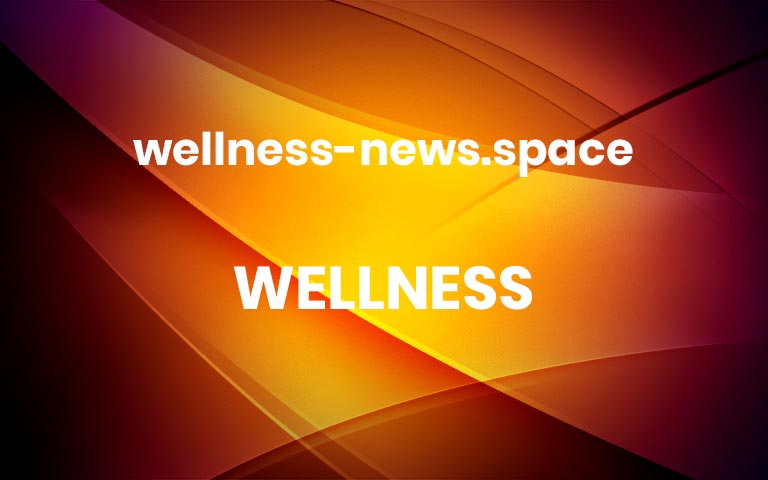High-Intensity Interval Training (HIIT) or Endurance Training: What’s Better for You?
Exercise is generally separated into aerobic/endurance training and power/strength activities. Long-distance running is an example of aerobic/ endurance, whereas high-intensity interval training (HIIT) falls into the power/strength category.(1)Are long, continuous endurance runs better for your training, or should you focus on high-intensity workouts? The answer largely depends on your training goal, fitness level, and enjoyment.Table of ContentsWhat Is Endurance Training?Endurance training is also known as “prolonged exercise training.” It is classically performed at a relatively low intensity over a long duration. Long slow distance training is one type of endurance workout. During long slow distance training, an individual sustains a submaximal workload for a longer time.(2)Classic endurance training results in enhanced cardiac output, maximal oxygen consumption, and the development of new cells. The result? The ability to maintain cardio exercise for longer distances and times with ease.(3)What Is High-Intensity Interval Training (HIIT)?HIIT is performed with a relatively high load or intensity at a short duration. Typical HIIT workouts qualify as strength training exercises. You perform repeated bouts of work at close to maximal power for a short period.(4,5)But, just because you’re doing interval training doesn’t mean you’re doing HIIT. For it to be high-intensity training, you’ve got to push yourself to your max with every interval. Studies show that most people overestimate their exertion levels.(6) Be honest and continuously adapt your workouts for progressive overload.How Does Endurance Training Compare With High-Intensity Training?Endurance training and HIIT demonstrate a similar energy consumption (i.e., they burn an equal amount of calories during the workout).(8) But how individuals adapt to the training depends on many factors, including:geneticsgenderagenutritiontraining historyenvironmentFurthermore, it’s rare for a workout to be purely endurance or strength training. Most activities combine endurance and strength.(9) Even cardio-focused HIIT, like cycling intervals, will likely develop strength.Ultimately, both HIIT and endurance training make you stronger, increase your stamina and cardiac output, help you lose weight and fat, and positively impact your fitness.Studies show that short-term, intense exercise can lead to endurance adaptations. Inversely, low-load training approaching failure can lead to strength adaptations. If you challenge yourself, you’ll see results, no matter the type of workout.(10)Thoughtful Workout ProgrammingWhen planning your HIIT and endurance exercise routines, the adage of “too much, too soon” holds. Studies show that simultaneously increasing strength and endurance training volume impedes progress.(11,12,13)Goals-Based Training ProgramNow that you understand how endurance and interval training at high intensities affect your fitness, it’s time to set some goals! Find your objectives and how to achieve them in the list below. Then, use the Find the HIIT series on the adidas Training app!Goal 1: Get StartedDo This:Lower-intensity HIIT and endurance trainingWhy?Have you just taken up running and still find it difficult to run for longer periods of time without stopping? Then you should begin with low-intensity intervals. Try running for short intervals followed by walking rests so you can recover. You can find a good program for beginners in our blog post, Go from Walking to Running with These Expert Tips!Goal 2: Improve Race TimesDo This: Endurance training and HIITWhy? An effective training program for improving your race time is built like a pyramid:The stable foundation is composed of longer runs to build your aerobic capacity.You can enhance your base by improving your running form and performing strengthening, stabilizing, and stretching exercises.The top of the pyramid consists of race-specific maximum efforts like tempo runs and high-intensity intervals.Goal 3: Run Half Marathons And Longer RacesDo This: Endurance training*Why?If you want to finish a half marathon or longer, you must first put in the mileage. Long, low-intensity runs make up the majority of your preparation. In particular, this helps your tendons, ligaments, bones, and working muscles get used to sustained impact. This helps to prevent overuse and injury. Long-distance runs increase your aerobic endurance and streamline your running form. *Note: If you want to run a sub-3 hour marathon, you not only have to train at high volumes, but you also need to incorporate speed work and high-intensity interval training into your training plan.Goal 4: Run 10Ks And Shorter RacesDo This: HIIT and HIIT sprintsWhy?High-intensity intervals are crucial for short-distance races like five and ten kilometers. The shorter the race, the more fast-paced and intense workouts you should do. For races of up to ten kilometers, you usually run at or above your anaerobic or lactate threshold. This is the level at which the oxygen is no longer sufficient to metabolize the accumulating lactate (lactic acid) caused by high-intensity exercise.High-intensity interval training and challenging tempo runs at race speed are good ways of building up your body’s tolerance to high lactate levels. This not only improves your lactate tolerance and pace endurance but also increases your VO2 max. Goal 5: Lose WeightDo This: HIITWhy?The best workouts for losing weight are those that help you achieve a negative energy balance (where more calories are burned than consumed). High-intensity intervals burn a high amount of calories in a short period of time. The high intensity of the workout puts a lot of strain on your muscles. The process of rebuilding and repairing your muscle tissue after the workout requires additional energy, and the afterburn effect continues to burn calories post-exercise. HIIT leads to a greater afterburn than endurance training.(14)Is HIIT Making You Hungry?Try endurance training if you’re trying to lose weight but feel extra hungry after your HIIT workouts. Your intense exercise might be dysregulating your appetite. Longer, more relaxed activities may soothe your hunger hormones and maintain a negative energy balance.(15)Goal 6: Build StrengthDo This: HIITWhy?HIIT workouts are more likely to increase muscle mass throughout the body. Muscles get bigger when exercised to fatigue (or very close). Since HIIT aims to train as hard as possible with every interval, these workouts are likely to develop total-body strength.But if you’re new to exercise or returning after a break, any workout will increase your muscle mass. So beginners can use endurance training to achieve their strength development goals. Once you get over the initial training hump, avoid a plateau by adding HIIT.Goal 7: Lose FatDo This:Endurance trainingWhy?Generally speaking, endurance training is a fat-burning activity. When you run, cycle, or exercise at around 60% effort, your body uses fat as fuel. Anything about that switches to glycogen and acid for energy (like when you reach your maximal output during HIIT). After an initial fat loss stage, start incorporating HIIT into your workout program. HIIT workouts increase muscle mass more than endurance training. Muscles increase metabolism, helping you use more fat during the day (even when resting). For more information on the mechanisms of exercise for fat loss, see this blog post: How To Burn Fat Running.It Gets Easier!Tough training sessions are very hard on the body and require a lot of recovery time. The better your base is, the more training your body can handle, and the less recovery time it needs after intense workouts. Or simply put, you can train harder and more frequently.Create Your Workout ProgramEndurance training and HIIT are equally important. Your exact workout plans are dependent upon your goals and lifestyle. Nevertheless, you should incorporate both styles of exercise to profit from the training effects of each.Admittedly, going for an hour-long run requires less planning and knowledge than creating your own HIIT workout. To help, we’ve launched a new high-intensity interval training series on our adidas Training app. Let us guide you: *** More



